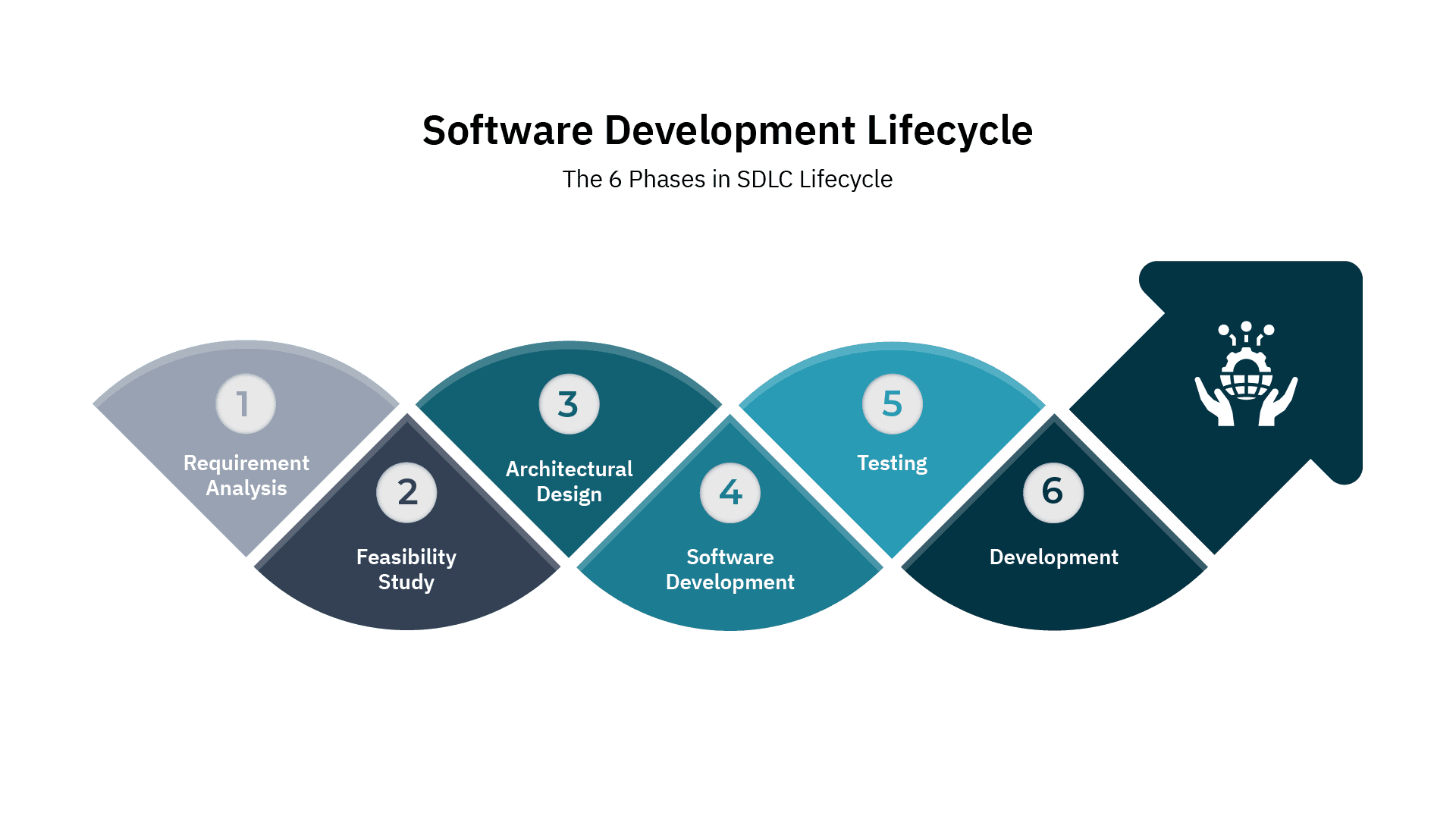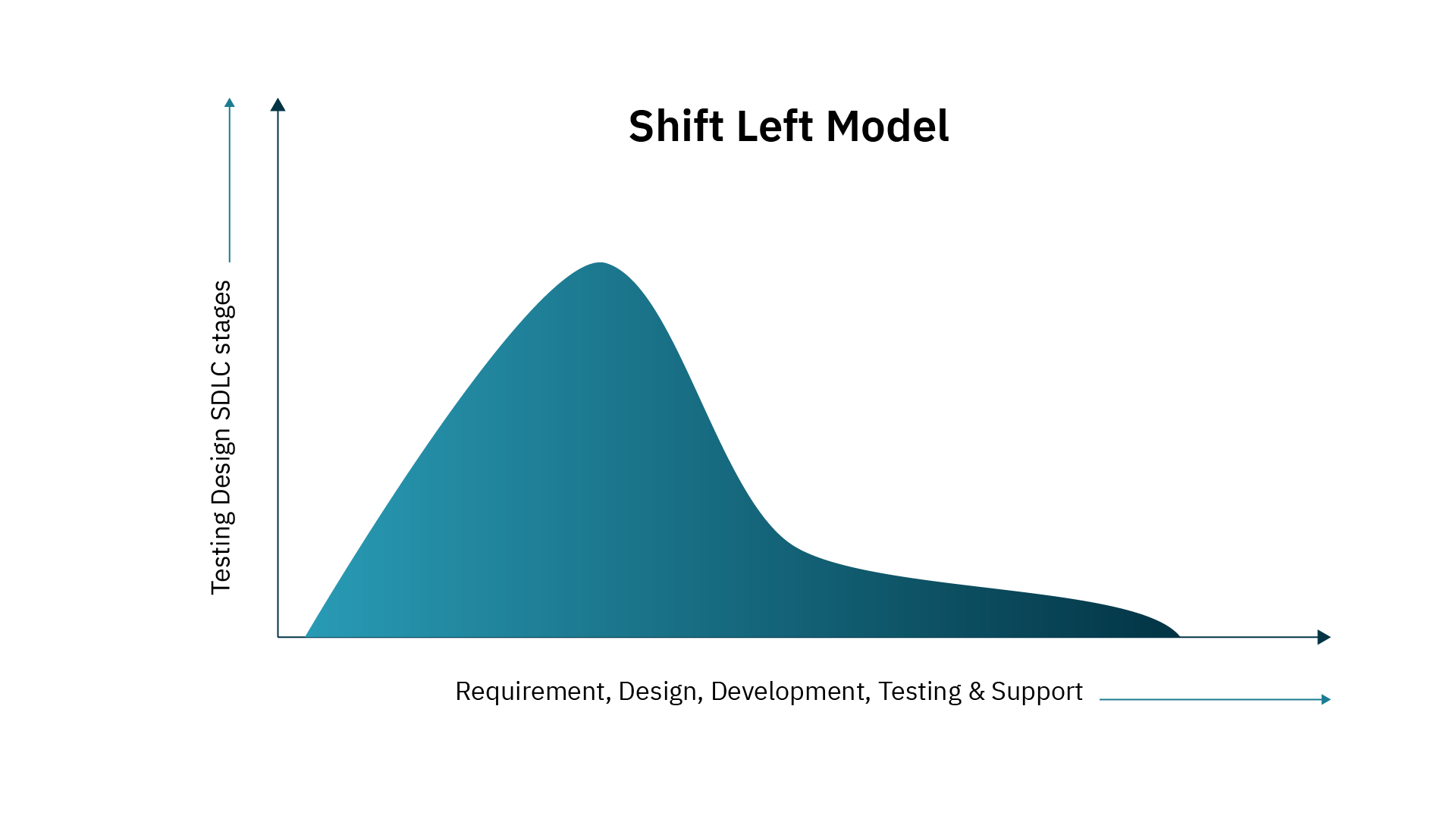According to a report by Capgemini, organizations that shift their testing to the left see a reduction of 10-15% in the overall cost of quality. Another study by Gartner predicts that by 2022, 75% of all enterprise DevOps initiatives incorporated Shift Left testing as a standard practice.
Enterprises are aggressively leveraging DevOps. Quickly respond to changing market dynamics and customer needs. The biggest bottleneck to implementing a successful DevOps framework is testing.
Too many companies that are utilizing DevOps frameworks still test their software manually. This leads to a lack of visibility, duplication of efforts, and creation of project backlogs. Also causes project delays and cost overruns. To address these challenges, enterprises should adopt shift left testing principles. Test automation enables them to test faster and more comprehensively.
What Are Shift Left Testing Principles?
With traditional frameworks of software development, application testing is performed at the end of the development cycle. If applications don’t meet quality standards, don’t function properly, or otherwise fail to meet requirements, they are sent all the way back to development teams. This isn’t optimal as bugs discovered late in the development stage are more complex, time-consuming, and expensive to resolve.

Shift Left refers to the software development process in which teams focus on seeking out and preventing problems earlier, instead of waiting for them to rear their ugly heads. Shift Left testing principles depend on a testing process. It is continuous throughout the software development life cycle. Done to increase software quality, shorten prolonged test cycles, and reduce the possibility of unpleasant surprises at the end of the development cycle or in production.
Why Shift Left Testing Principles?
Cost alone is a very strong incentive for shifting your testing to the left.
According to the latest report from IBM, if a bug is found in the testing phase; right before production. Then fixing it costs 15 times more than it would in the design phase. Shift left testing principles allow developers to discover bugs early. Fix them before they reach the production environment.

Shift-left testing saves time! Bugs are detected earlier, developers don’t need to waste time recalling their codes and workflows.
How to Shift Left?
Shift left requires two practices: continuous testing and continuous deployment
- Continuous testing is a process of testing applications early, often, and comprehensively.
- It simply isn’t feasible to perform it manually
- Continuous deployment automates the provisioning and deployment of new builds, enabling continuous testing to happen efficiently.
- Continuous testing offers quick feedback to development teams. Enabling managers to make better-informed decisions to optimize the value of a release.
Test automation is integral to continuous testing.
What are the challenges of incorporating it?
Common Challenges To Incorporating Test Automation
Build Time: Many enterprises consider building their own test automation frameworks. This rarely works well as it’s time-consuming and costly to build from scratch.
Steep Learning Curve: Enterprises opt for code-based open-source tools like Selenium. They rely on technically trained employees to maintain their test automation framework. This is problematic because non-technical business users know their workflows best and not technical users. Technical teams typically have more high-value tasks to perform than tests.
High Maintenance Cost: Most test automation tools use static scripts. Meaning they cannot automatically adapt to changes that occur from UI changes in the form of new screens, buttons, user flows, or user inputs. Tools that rely on static scripts, rather than dynamic scripts, take far more effort to maintain. Their scripts break more frequently.
How to Address These Challenges?
A no-code test automation platform solves the challenges through a quick ramp-up time, a small learning curve, and low maintenance effort. Helps organizations accelerate release cycles, enabling quick changes in a highly competitive environment.
Though slightly biased, we strongly believe that Opkey is the best no-code automation tool on the market:
- Opkey is a no-code test automation platform. Unlike frameworks built from scratch, customers can get up and running on the Opkey platform in just a few days.
- Opkey uses simple drag-and-drop technology to build test cases. Enables functional consultants, business analysts, and manual testers to create tests with just a few hours of training.
- With Opkey’s self-healing script technology, companies can largely eliminate the burden of test maintenance. Whenever an automated script breaks due to a change in the object property (Name, ID, Xpath, CSS, etc.), Opkey automatically identifies the change and fixes the issue without human intervention. Opkey reduces test maintenance effort by more than 90%.
- Opkey’s AI-powered platform immediately surfaces the tests your organization is currently running. Recommends new tests to fill in the gaps. This ensures optimal test coverage.
Want to shift left?
Shift left on DevOps with Opkey. Book a demo
Frequently Asked Questions
Yes, most modern scriptless automation tools can integrate with CI/CD pipelines. They typically offer APIs, webhooks, or plugins that connect to Jenkins, Azure DevOps, GitLab, or other delivery platforms—allowing automated tests to run as part of every build, commit, or deployment.






